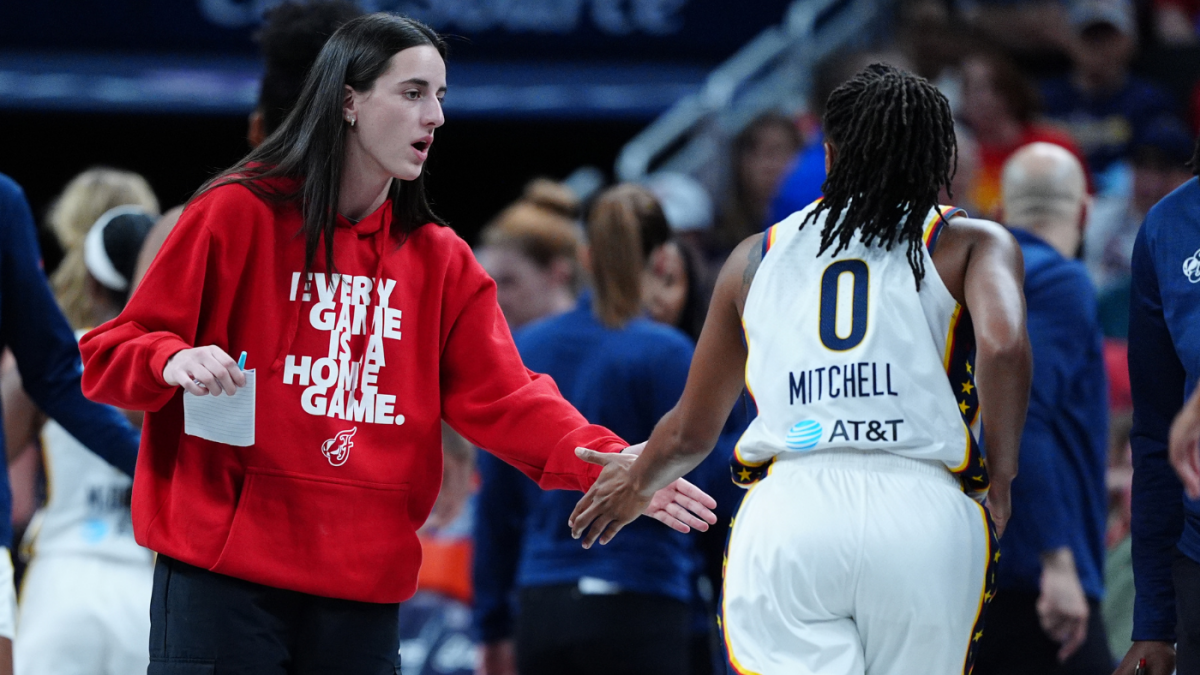A Comprehensive Analysis of Caitlin Clark’s Injury and Its Wider Significance
—
Unveiling the Impact: The First Break in an Unstoppable Streak
Caitlin Clark’s journey through basketball has been characterized by an extraordinary consistency, maintaining an unbroken attendance record from her high school days all the way through her rookie year in the WNBA with the Indiana Fever. This remarkable streak came to an unexpected halt due to a left quadriceps strain sustained in a physically charged contest against the New York Liberty. The injury, confirmed on May 26, 2025, marks a pivotal challenge not only for Clark but equally for the Fever franchise. This incident invites a closer examination of the implications on the player’s career trajectory, team dynamics, and broader league context.
—
Understanding the Injury: What a Left Quadriceps Strain Means
The quadriceps, a group of four muscles at the front of the thigh, play an essential role in explosive movements such as jumping, sprinting, and sudden directional changes—actions that are critical in basketball. Clark’s injury occurred during a narrow 90-88 defeat, an intense game that reflected the physical toll elite athletes endure. Initial adrenaline may have masked the pain, delaying full awareness of the injury’s severity until post-game medical evaluation and MRI scans.
The prognosis outlines a minimum two-week recovery, with cautious optimism about her availability by early to mid-June. Clark’s own measured statement about not rushing back highlights a mature recovery philosophy, prioritizing long-term health over immediate return. Coach Stephanie White’s affirmation that this injury is distinct from any previous leg issues speaks to its isolated nature but also signals the importance of rehabilitation vigilance.
—
The Immediate Repercussions: Team Strategy Amidst a Key Player’s Absence
Clark’s contributions to the Fever extend beyond scoring—her average stats of 19 points, 6 rebounds, and nearly 9.3 assists per game underscore her comprehensive impact across offense and defense. Losing such a central figure for at least four games forces the Fever into strategic recalibration in the short term.
This absence provides an unplanned, high-stakes test of the team’s depth and resilience. Coach White’s characterization of the situation as an “opportunity for growth” mirrors a coaching mindset that embraces adversity as a catalyst. Star teammate Kelsey Mitchell’s call for patience reminds the public of the need to focus on sustainable long-term success rather than quick fixes.
Fever management might need to explore hardship roster exceptions or tactical shifts in rotations, which adds layers of complexity to their game plans. This scenario reveals the often-unseen fragility of team structures heavily reliant on singular talents and presses the team to cultivate versatility and collective strength.
—
Beyond the Physical: The Psychological Dimensions of the Injury
Clark’s unblemished record, almost unprecedented in modern professional basketball, served as a testament to her durability and unwavering work ethic. The onset of this injury interrupts not only her physical rhythm but also challenges her mental fortitude—a psychological crossroads faced by many rising athletes encountering their first significant setbacks.
Her grounded response suggests an evolving maturity, embracing injury as a part of athletic growth. Such experiences can transform how players engage with their own bodies, training regimens, and recovery protocols, potentially enriching their career longevity. The injury opens space for reassessment on preventive conditioning and mental resilience, critical components for high-performance athletes.
Navigating the challenge with poise presents an opportunity for Clark to deepen the resilience that could define her legacy, underscoring that setbacks often seed future success.
—
Wider Ramifications: For the Fever, the WNBA, and Women’s Basketball
Clark’s stature as one of the league’s brightest young stars makes this injury a focal point beyond individual and team concerns. It accentuates the physical demands of the evolving WNBA, where competitive intensity has stepped up and player welfare conversations grow increasingly prominent.
For the Indiana Fever, this moment is transformative in revealing organizational readiness to respond to adversity. The coaching staff’s approach—balancing optimism with caution—reflects a philosophy that prioritizes comprehensive strategic development alongside star power cultivation.
Additionally, how Clark’s return is managed will likely influence league-wide perspectives on player health protocols. As the WNBA gains heightened visibility and professionalism, the Fever’s handling of this scenario has potential ripple effects on standards for health management in women’s basketball.
—
Conclusion: Recovery as a Gateway to Strength and Evolution
Caitlin Clark’s quadriceps injury, while a setback punctuating a previously uninterrupted career, serves as a catalyst for personal and team development. Her prudent approach to recovery underscores a narrative beyond injury—one about resilience, reflection, and recalibration in the face of adversity.
For the Indiana Fever, this period tests and potentially strengthens their structural depth and strategic versatility, pushing the franchise to emerge more balanced and adaptive. Clark’s journey through this phase promises to deepen her athletic wisdom, equipping her with invaluable tools to sustain and elevate her performance.
Ultimately, this story transcends the boundaries of a typical injury report. It frames a compelling tale of transformation, illustrating how challenges in professional sports can ignite growth, inspire renewed determination, and forge pathways to long-term success for both the athlete and the organization.

